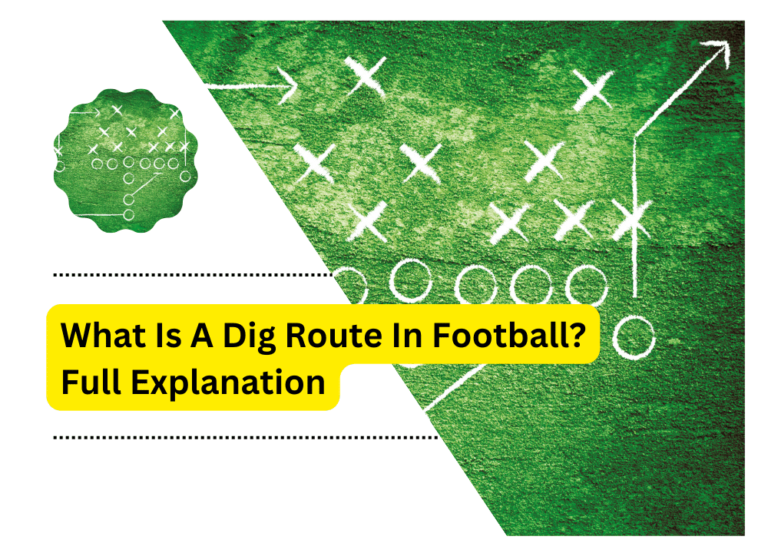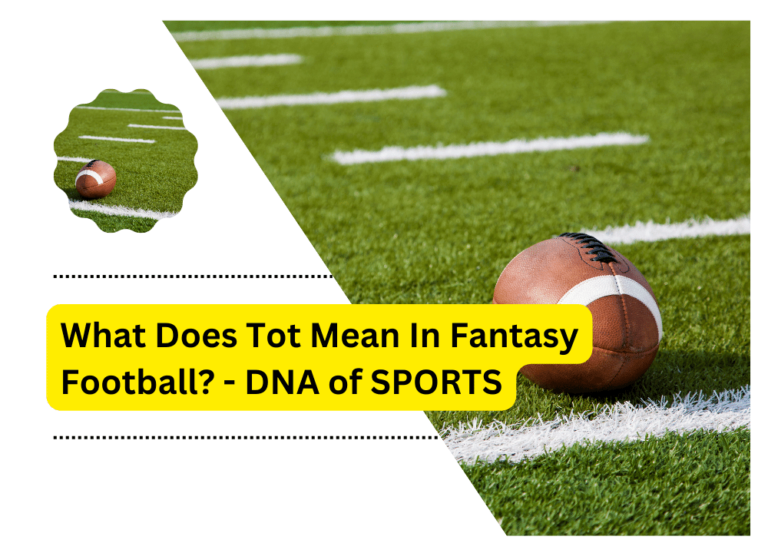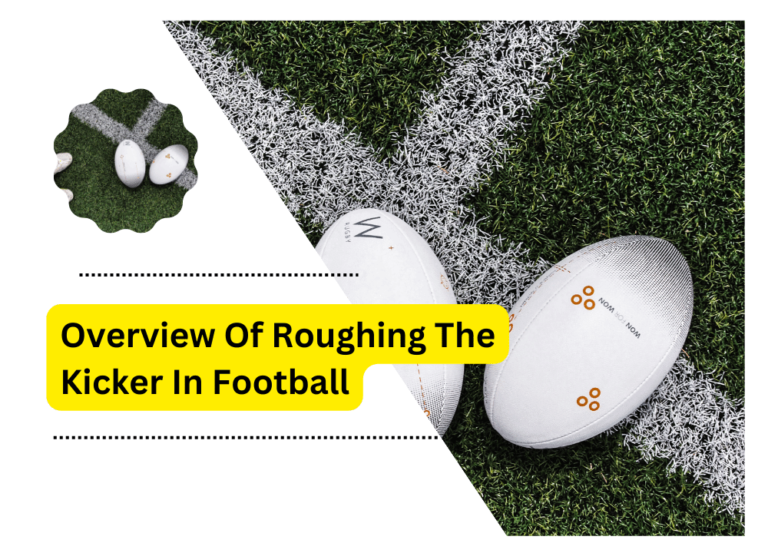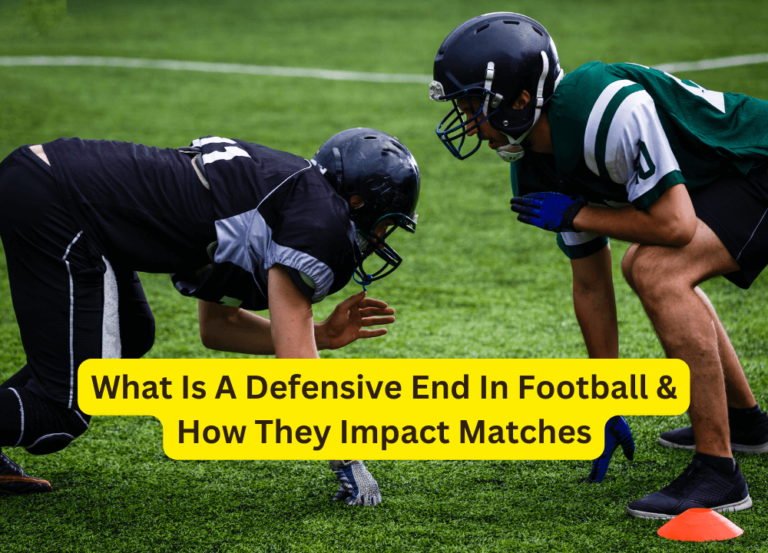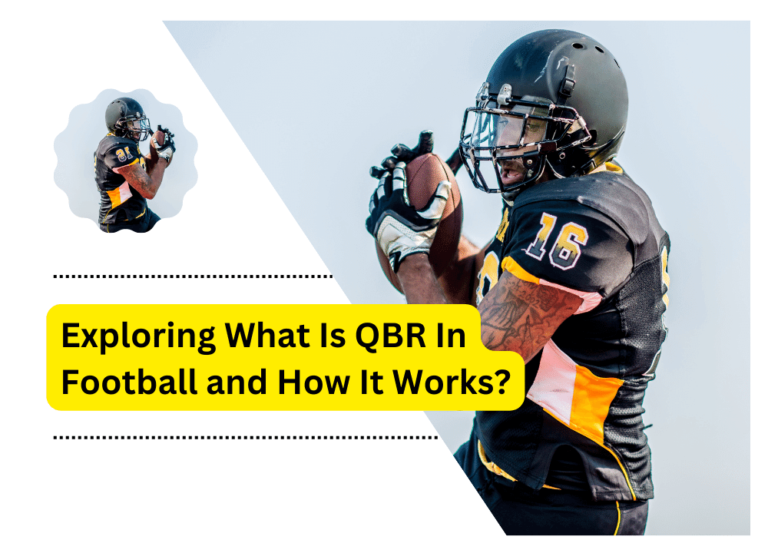What Is Targeting In Football – What Is The Penalty?
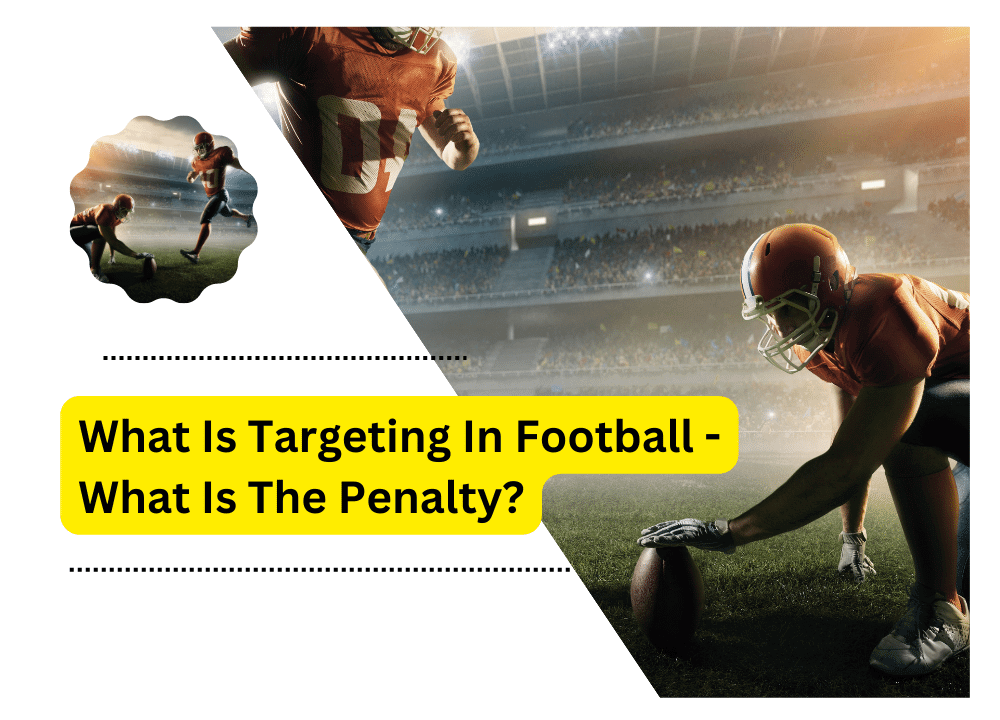
Targeting in football is an illegal action. It occurs when one player attempts to contact another, often by leading with the crown of their helmet. Targeting is a penalty and can result in serious injury or even death if done maliciously. There are different levels of targeting depending on the severity of the contact. Players need to understand what is targeting in football and its potential consequences.
What is Targeting?
Targeting occurs when one player makes contact with another player in a dangerous way. This type of action can range from shoulder-to-shoulder contact. It can also include a tackle that is too hard or aggressive. No matter the severity, any instance of targeting is illegal. It will result in a penalty for the perpetrator, besides facing disqualification, suspension, or even expulsion from the game.
Types of Targeting
The two most common types of targeting in football are head-first and shoulder-to-helmet contact. Head-first contact is when a player leads with his helmet. This results in direct helmet contact with another player’s body. Shoulder-to-helmet contact occurs when a player uses his shoulder to contact the crown of another player’s helmet. In both cases, the intent is to inflict pain or disrupt the play by taking out a key player.
Preventing Targeting
Players can take several steps to prevent targeting in football. The most important is to understand the rules and regulations governing tackling. Players should also focus on proper form when tackling or blocking. They should use their arms and shoulders instead of their heads. Players should always strive to be aware of the position of other players on the field.
Targeting Rules in Football
Football rules are clear about what is targeting in football. They state that any deliberate physical contact with an opposing player is subject to penalty. Officials apply this penalty when such contact could endanger the player’s safety. It includes illegal contact, such as shoulder-to-shoulder and pushing off an opponent. It even encompasses a too-hard or aggressive tackle. Officials can also penalize players who use their helmets as weapons.
Instructors instruct referees to call a penalty whenever they see targeting to reduce instances of it. Once referees flag a player for a penalty, the severity of the punishment depends on how egregious the act was. It also takes into account whether that player committed any previous infractions.
What are the Penalties for Targeting?
First Offense Penalties for Targeting
There are several potential consequences for players who commit a targeting violation for the first time. The immediate outcome is a 15-yard penalty against the offending player’s team. If the violation occurs in the first half of the game, officials will eject the player for the rest.
Recurring Offense Penalties for Targeting
The penalties become more severe if a player is guilty of targeting two separate games within the same season. Besides the standard 15-yard penalty and ejection from the current game, officials will suspend the player from the next game.
Discretion of the Officials
The officials have the authority to determine the severity of the targeting violation. They review the incident and may consult video replay to ensure they make the right call. The final decision lies with them, and their primary concern is always the safety of the players.
Appeal and Review Process
A player penalized for targeting has the right to an appeal. The review process involves a careful examination of the incident by a panel. Based on the evidence provided, this panel may decide to uphold or overturn the penalty. In some cases, this process may reduce the player’s suspension.
How Can Players Avoid Targeting Penalties?
Correct Tackling Technique
Football players can avoid targeting penalties by using the correct tackling technique. It involves aiming for the opponent’s midsection and keeping the head upright. It also means not leading with the helmet. Players should also ensure they wrap their arms around the opponent.
Rules Awareness
Maintaining a comprehensive understanding of the game’s rules, particularly those involving player safety, is key. Knowing what is targeting in football and what is a penalty can help players avoid such actions. Regular refreshers on rule changes and updates can prevent inadvertent violations.
Sportsmanship
Good sportsmanship is central to avoiding targeting penalties. Respecting opponents and controlling emotions can prevent dangers that might lead to targeting. Remember, the game aims not to injure competitors but to outperform them.
Regular Training
Regular training is a surefire way to avoid penalties. Incorporating tackling drills into practice sessions can help players master effective techniques. Coaches can also offer guidance and correct dangerous habits before they lead to penalties.
FAQs
A. Targeting in football is any act of deliberate physical contact with an opposing player that could endanger their safety. It includes illegal contact, such as shoulder-to-shoulder and pushing off an opponent.
A. Targeting penalties may vary depending on the severity of the infraction and whether it was intentional or accidental. For a first offense, the immediate punishment is a 15-yard penalty against the offending player’s team.
A. The best way to avoid targeting penalties is to use proper tackling techniques and understand the game’s rules. Additionally, practicing good sportsmanship is crucial in preventing such penalties.
A. The referee has the authority to penalize a player for targeting. They can do so as many times as they decide is necessary to maintain fair play and safety on the field.
A. Players can appeal a targeting violation and the referee’s decision. A review panel examines the incident. Depending on the evidence provided, they may decide to reduce or overturn a penalty.
Conclusion
Targeting is a serious breach of the rules in football and can cause serious injury to players. Understanding what is targeting in football, the rules and techniques is key for any player looking to avoid penalties. Maintaining good sportsmanship and respecting opponents on the field are important. Players and referees can work together with these tips to ensure a safe football experience.


